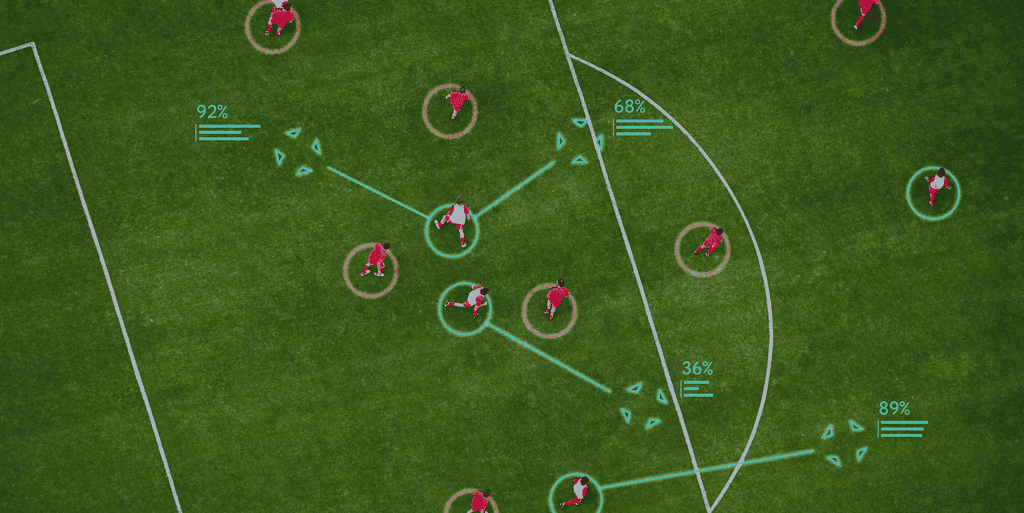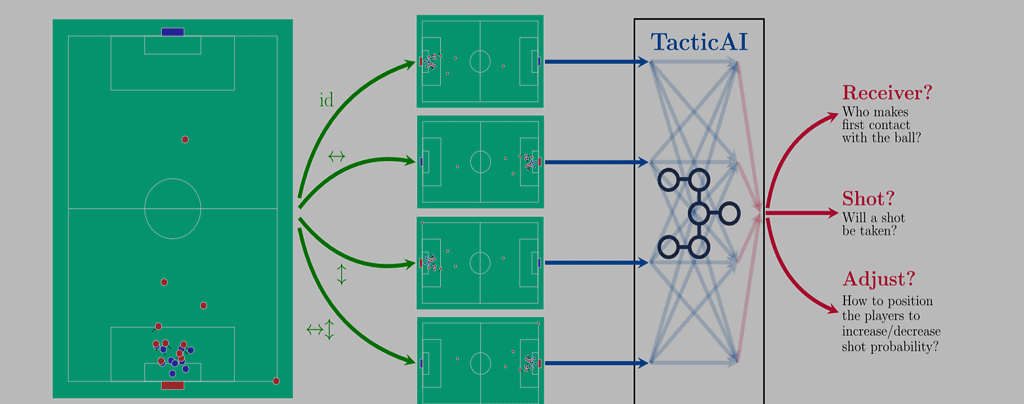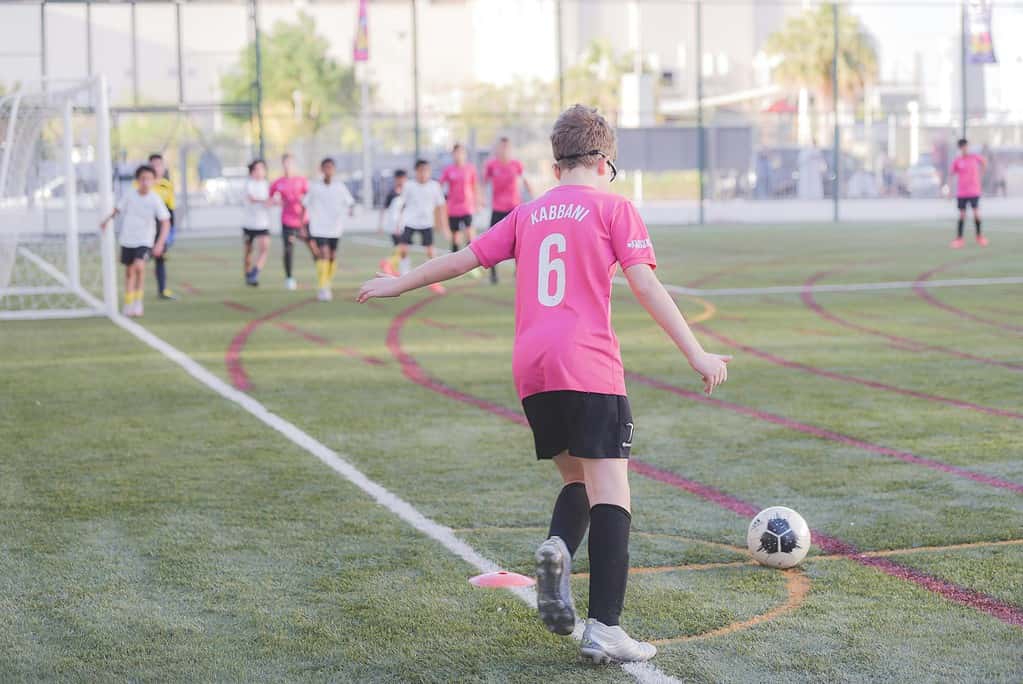Football, or soccer as it’s known in some parts of the world, is not just a game of physical prowess but also a battle of wits and strategy. The days of romantic football are pretty much gone — now, this sport greatly revolves around new tactics and technology, analyzing data and developing new strategies that can overcome the opposing team’s setup. This is where TacticAI comes in. According to a new study, the AI can predict the outcome of corner kicks and provide realistic and accurate tactical suggestions in football matches.

Technology enters the pitch
The introduction of technology in football, from video assistant referees (VAR) to advanced performance analytics, has changed the game in many ways. But the potential impact of TacticAI, a groundbreaking tool developed in collaboration with experts from Liverpool Football Club (LFC), may take football-lytics to the next level.
The AI focused on corners because these are probably the most organized and tacticized elements of football.
In football, corner kicks are important. There are typically 10-14 corner kicks every game and around 3% of them end in goals. Corners are also interesting to study because they offer coaches one of the most direct opportunities for intervention and improvement. Corner kick tactics are routinely determined and planned ahead of every game.
Having access to an automated system that can analyze and improve the chances of scoring would be very beneficial for human coaches at every level.
“Identifying key patterns of tactics implemented by rival teams, and developing effective responses, lies at the heart of modern football. However, doing so algorithmically remains an open research challenge. To address this unmet need, we propose TacticAI, an AI football tactics assistant developed and evaluated in close collaboration with domain experts from Liverpool FC,” the research authors write in the study.

Testing tactics
At the heart of TacticAI is a sophisticated AI model that uses geometric deep learning, a technique that allows for the efficient processing of data on non-Euclidean spaces, such as graphs and networks. This approach is well-suited for football, where the relationships between players, their positions, movements, and the ball can be represented as a complex web of interactions.
Essentially, TacticAI analyzes data from past matches, including player positions, velocities, and game outcomes, to predict which player is most likely to receive the ball from a corner kick and the likelihood of that kick leading to a shot on goal.
The study authors mostly come from Google’s DeepMind, the research laboratory that also cracked protein structures and invented millions of new materials that didn’t exist. They used a dataset of 7,176 corner kicks from the Premier League, the national English football league (largely regarded as the strongest league in the world). The data was supplied by experts from Liverpool Football Club, which was a partner in the study.
Then, TacticAI was asked to generate tactical setups for corners, and Liverpool FC experts were asked to rate and assess these tactical setups. A team of five Liverpool experts (three data scientists, one video analyst, and one coaching assistant) found the tactics to be realistic and indistinguishable from currently devised tactics. Strikingly, a user survey found that in 90% of instances TacticAI’s setups were preferred over existing tactics.
The future of football

This approach is more than just a theoretical exercise. AI is already used in football for several purposes, and the study authors are confident that TacticAI (or its subsequent iterations) can make its way into the game.
“The learned representations and overall framing of TacticAI also lay the ground for future research to integrate a natural language interface that enables domain-grounded conversations with the assistant, with the aim to retrieve particular situations of interest, make predictions for a given tactical variant, compare and contrast, and guide through an interactive process to derive tactical suggestions. It is thus our belief that TacticAI lays the groundwork for the next-generation AI assistant for football,” the team writes in the study.
What makes TacticAI even more interesting is not just its predictive power but its ability to offer tangible, actionable advice to coaches. It doesn’t recommend abstract ideas but instead recommends minor adjustments in player positioning. With professional sports having notoriously thin margins of error, being able to significantly increase the chances of scoring from a corner can make a big difference. If the same approach can be applied to different phases of the game, all the better.
Sports is also a very lucrative business that can support AI research. Liverpool FC, for instance, is estimated to be worth over $4 billion, and they’re not even the most expensive team in the Premier League. No doubt, the marriage between AI and sports is bound to be a fruitful one in the long run.
The study was published in Nature Communications.









